-
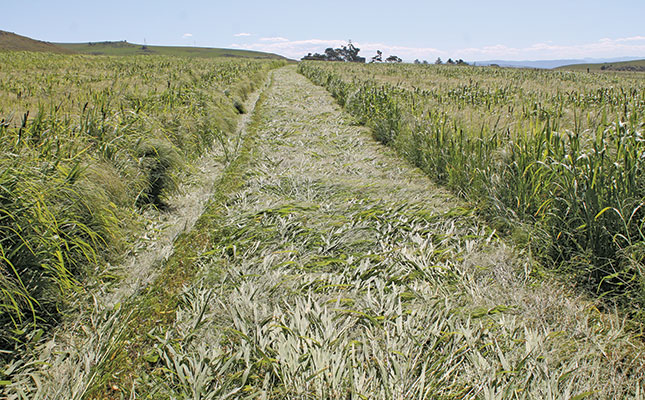
Proper planning the key ingredient for quality stored fodder
Stored fodder is essential winter nutrition for the BG Miles Partnership stud and commercial beef and sheep farming operation in the Eastern Cape’s Cedarville area. The family business, run by Deal Miles, his father, Benny, and sister, Rown, includes about 2 200 Dohne Merino mutton and wool breed...Read more -
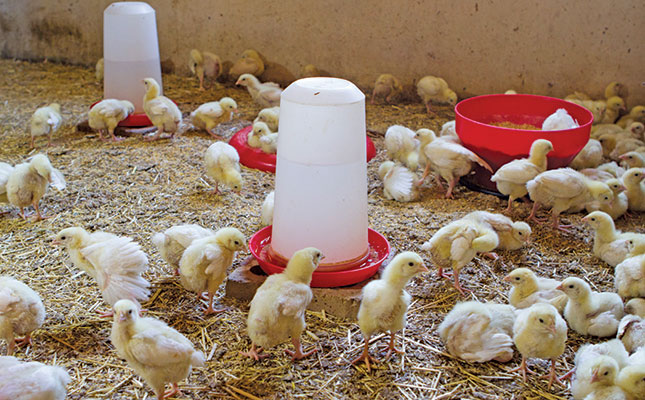
Poultry litter to biogas adding more value to farm waste
Smaller poultry businesses, comprising mainly broiler and egg producers and suppliers of day-old chicks, are helping address the need for job creation. But this growing industry has a problem: how to manage the environmental impact of ever-greater volumes of poultry litter. The premise of our res...Read more -
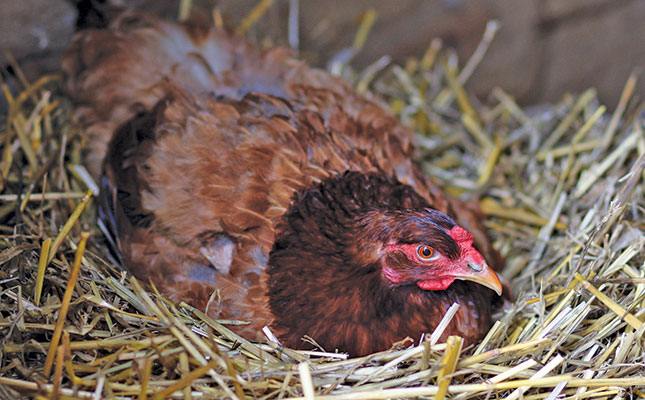
Basic chicken care how to breed and feed
The first step is to ensure that each hen has a warm, dry, protected area or nest box in which to lay her eggs. This should be near or on the ground to enable the chicks to get in and out safely. Place some grass in the nest box to keep the eggs clean and warm and prevent cracking. The hen will s...Read more -
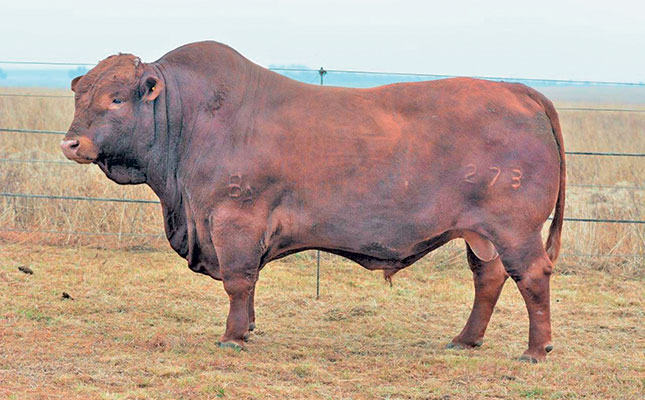
When performance fails to live up to breeding values
Using estimated breeding values (EBVs) is crucial in animal selection. Well-adapted, genetically superior animals perform better and are more efficient. Even though the environment plays a large role, it is the genetic value of a trait that determines the true potential of the animal. Some farmer...Read more -
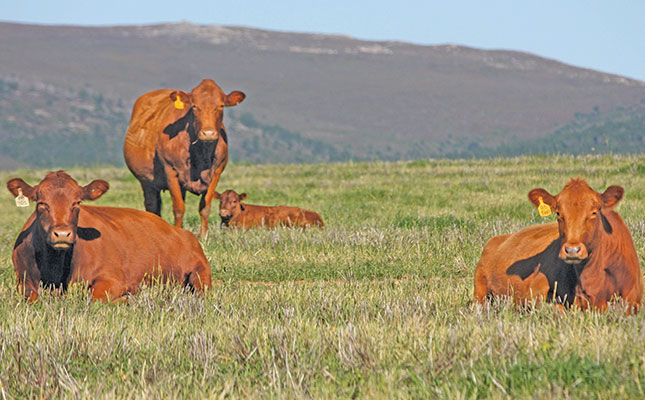
Weighing your cattle a crucial step towards profitable livestock production
The dairy industry is probably one of the most advanced when it comes to the weighing of livestock, with most modern commercial dairies, even in South Africa, having an electronic scale to weigh cows after milking. In these operations, each cow is fitted with a radio frequency identification (RFI...Read more -
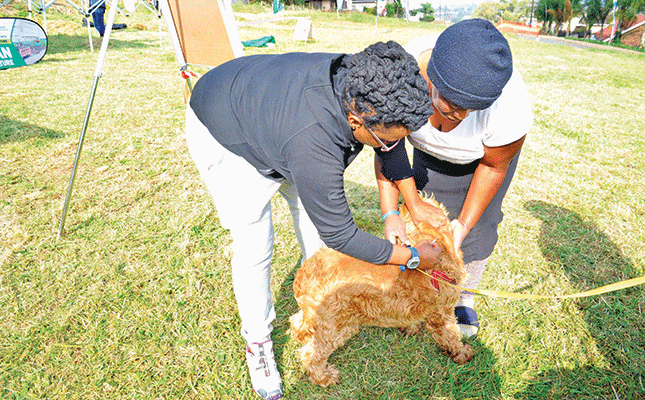
Watch out for rabies!
Rabies is a viral disease that causes inflammation of the brain. It was previously known as ‘hydrophobia’ (fear of water) as infected mammals have difficulty swallowing and show panic when presented with liquids to drink. Rabies affects the brain, leading to acute inflammation, and is invariably ...Read more -
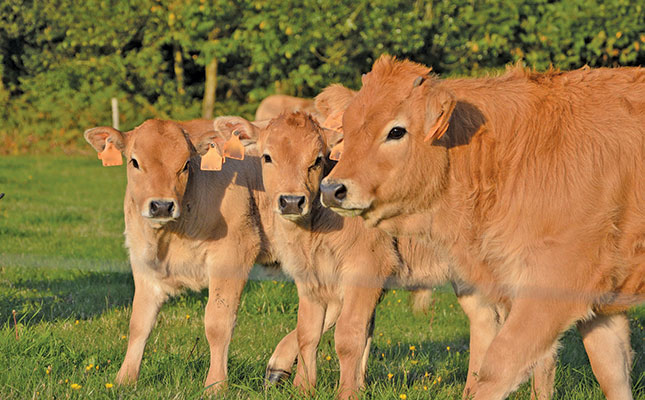
The importance of having a breeding season
Having a breeding (and calving) season can optimise the reproductive performance of a breeding herd and the pre-wean growth rate of calves. This, in turn, can profoundly influence the profit margin of a beef cattle enterprise. The aim of a breeding season is to get the maximum number of female an...Read more -
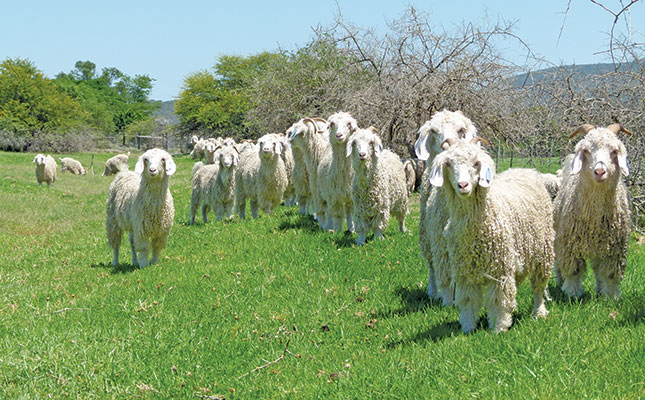
The fertility factor in mohair success
Paul Webber can look back on a memorable 2019 mohair season. He not only achieved the highest price of R621/kg for a bale of 24-micron good-style kid mohair in April, but ended up being awarded the Daidoh Trophy for the highest average price for a summer kid clip. Having won the same trophy in 20...Read more -
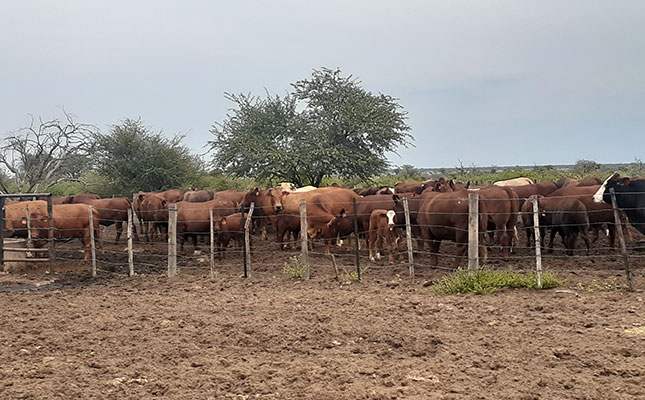
North West cattle farmer puts his trust in proven stud bulls
Kgomotso Bantsho, a cattle farmer in Vorstershoop in North West, says his aim is to produce weaners with heavy carcass weights within the shortest period possible. He does this through careful selection for proven genetics and by placing emphasis on using top bulls. Bantsho first started farming ...Read more -
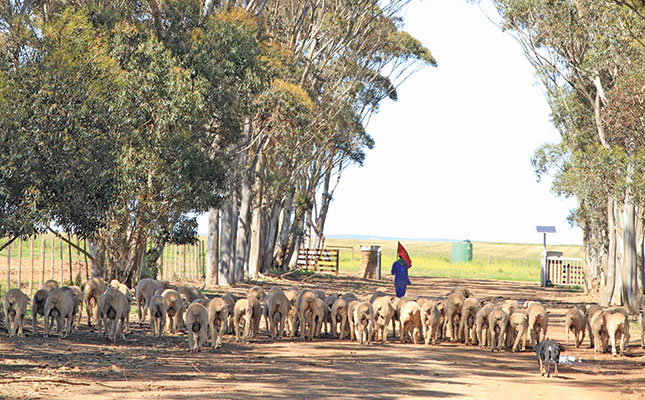
Intensive sheep farm achieves 180% per year weaning rate
At Pienaarsrivier, a grain and sheep farm near Riversdale in the Southern Cape, farm owner Kobus Horne and his sheep production manager, Dirk Liebenberg, have significantly improved production efficiency and reduced costs through their use of technology and a carefully planned management system. ...Read more -
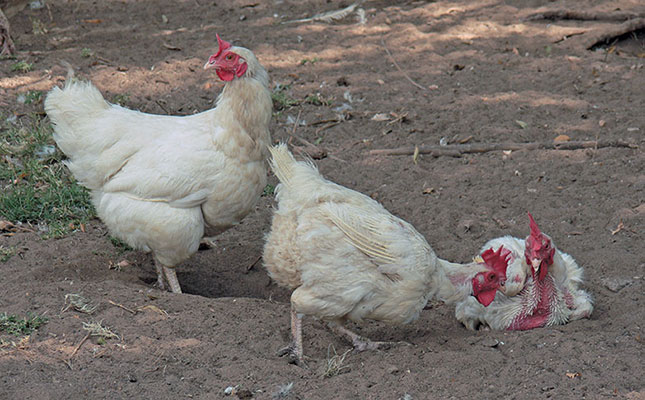
How to deal with mites on poultry
As mentioned in previous articles, farming free-range chickens offers many advantages over running livestock such as cattle or sheep. Not much space is needed, marketing is easy due to high consumer demand, birds grow rapidly, and far less capital outlay is required, particularly if you can grow ...Read more -
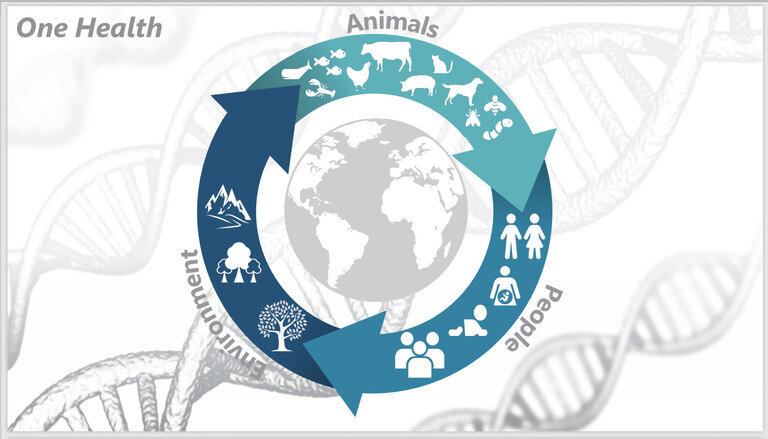
Dairy cows exposed to heavy metals worsen antibiotic-resistant pathogen crisis
Dairy cows, exposed for a few years to drinking water contaminated with heavy metals, carry more pathogens loaded with antimicrobial-resistance genes able to tolerate and survive various antibiotics. That’s the finding of a team of researchers that conducted a study of two dairy herds in Br...Read more -
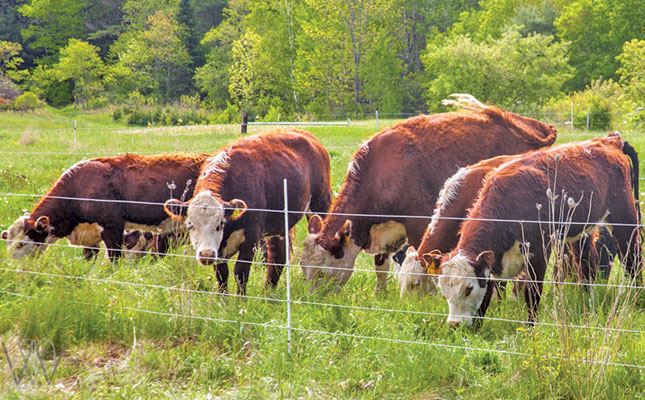
Biosecurity measures on an animal farm
In agriculture, biosecurity refers to procedures to reduce the risk of infectious diseases being transmitted amongst animals. It is an important factor in the livestock industry. Symptoms of a disease may not always be obvious, especially in the early stages of infection. This makes it necessary ...Read more -

Benefits and risks of a digitised farm sector
Digital technology is rapidly transforming all stages of the value chain, from the farm to the table. Its adoption is improving efficiency, creating new jobs, generating new income streams and saving resources. Digital technology can help markets function better and improve farmers’ access to the...Read more -
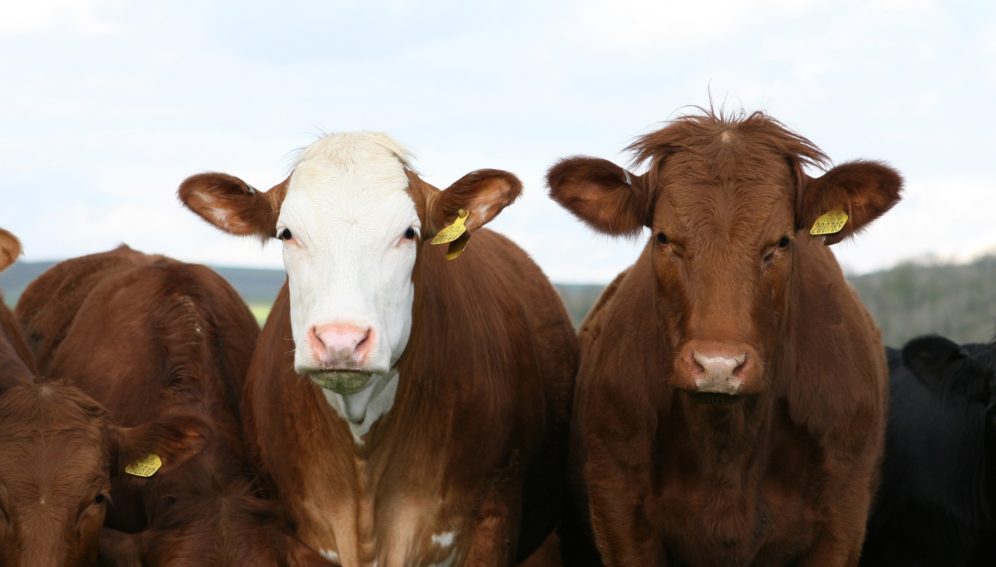
Traits that could boost livestock productivity found
African indigenous cattle have traits that enable them to survive blistering heat, drought and diseases such as trypanosomiasis, giving hope of breeding a new, superior generation that could boost productivity, a study has found. Researchers say that interventions such as selection of cattle bree...Read more -
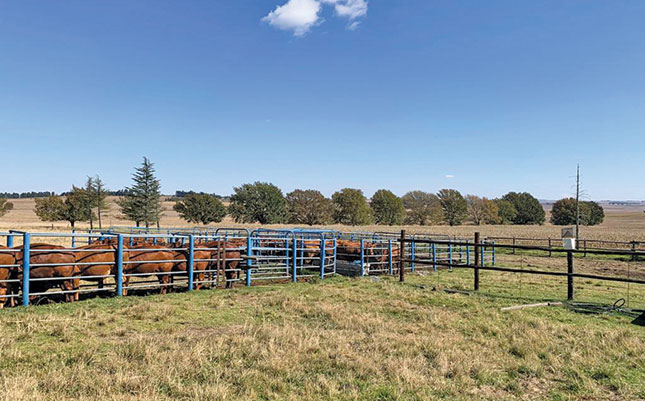
The importance of maintaining reproductive health in a herd
Following in the footsteps of his ancestors, Gerhard Grobler, of Smitsfield farm in Lothair, Mpumalanga, started farming intensively about 10 years ago. His great-grandfather started out as a sheep herder and systematically bought pieces of land in the area. When Grobler began farming, he was bre...Read more -
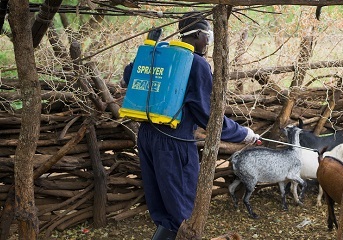
Supporting Ugandan women to keep goats healthy through COVID-19 pandemic
In the face of the COVID-19 pandemic, millions of people living in rural pastoral and agro pastoral areas across sub-Saharan Africa are struggling to care for the animals on which their livelihoods depend. Curfews and restrictions on movement and gatherings have cut communities off from markets, ...Read more -
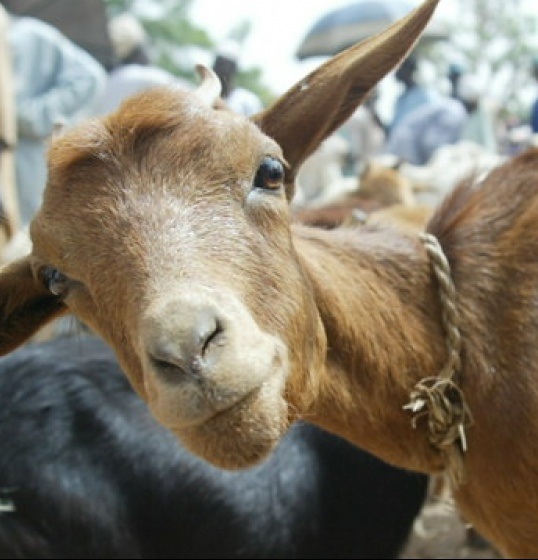
Strengthening wildlife health capacities and use of One Health can support global efforts to eradicate ‘goat plague’
PPR, which is also known as ‘goat plague’, is a viral disease of sheep and goats that is related to rinderpest of cattle, which has been eradicated. While PPR is not a zoonotic disease, it is a contagious transboundary disease affecting the livelihoods of millions of small-scale livestock farmers...Read more -
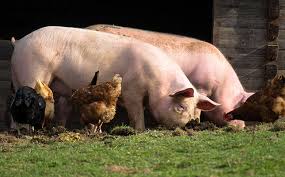
Speculators blamed for recent African swine fever outbreak
A limited outbreak of African swine fever (ASF) on a farm near Potchefstroom earlier this month has been confirmed by the South African Pork Producers’ Organisation (SAPPO). A total of 100 pigs have been culled on the farm and properly disposed of, SAPPO said. “Indications are that the infection ...Read more -
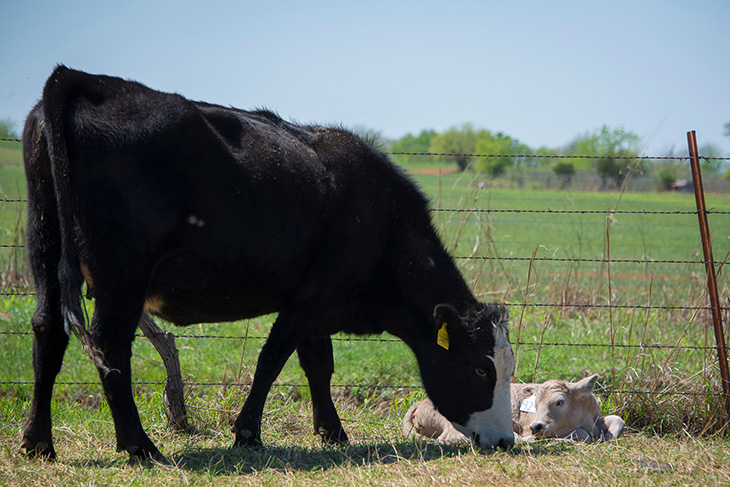
Scours management begins well in advance of spring calving
Commonly referred to as scours, calf diarrhea can be caused by factors such as bacteria, viruses, parasites, toxins, congenital conditions or nutrition. Many causes of scours are contagious, so scours can become a concern for the entire calf crop. A severe case can result in animal death. “Produc...Read more -
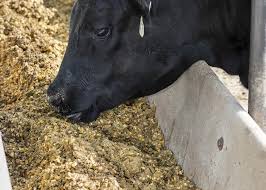
Research identifies potential sustainability benefits for beef production industry
Syngenta Seeds, in partnership with the University of Arkansas Resiliency Centre (UARC), has published research highlighting the potential for beef producers to reduce their environmental footprint by using Enogen corn for feed from Syngenta Seeds The life cycle assessment is based on studies con...Read more -
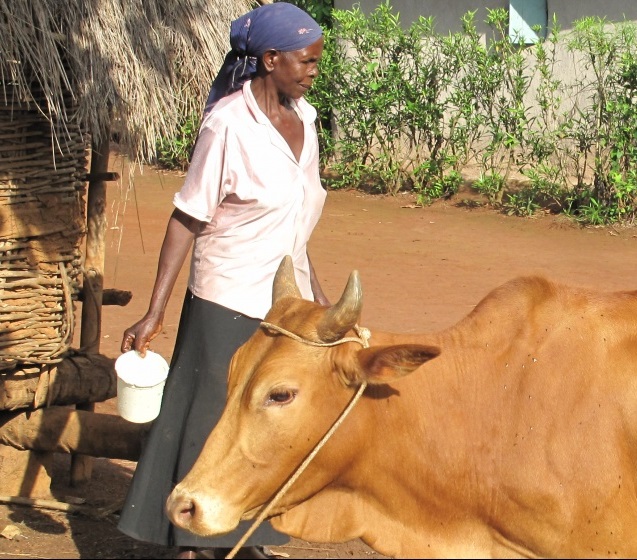
One Health Key to sustainable livestock—and human and environment—health
Livestock play multiple roles in the livelihoods of over half a billion people in developing countries, especially in rural Africa. Livestock keeping enables Africa’s smallholder farmers to build resilient livelihoods, to maintain their food and nutritional security and to escape chronic to sever...Read more -
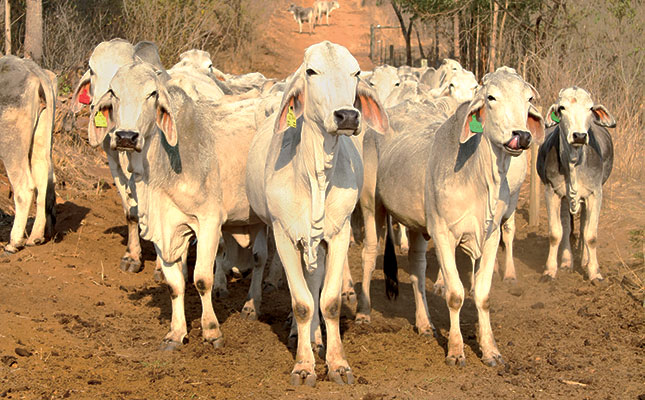
On a quest to breed ‘the perfect Brahman’
Auldrich Spies grew up attending shows where his grandfather exhibited his prized Brahmans and instilled a love for the breed in his grandson. But health reasons saw him selling his herd before Spies could farm himself. Spies then followed a career in construction, which, five years ago, enabled ...Read more -
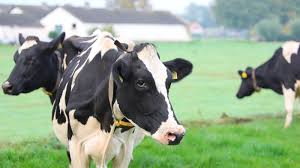
New feed additive reduces dairy cows’ methane emissions
A total of 64 Holstein-Friesian cows in mid-lactation were involved in the study, which was designed to determine the effect of dietary composition (3 different ratios of grass silage and maize silage in dietary roughage, covering most of the range one would encounter on Dutch farms) on the level...Read more

